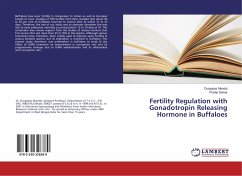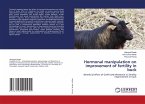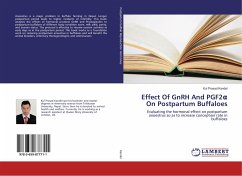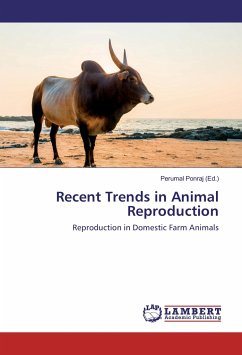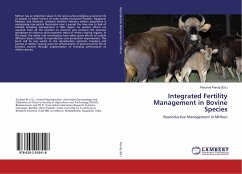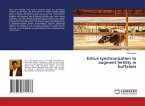Buffaloes have poor fertility in comparison to Indian as well as Europian breeds of cows. Analysis of IVRI buffalo farm data revealed that about 60 to 65 per cent of buffaloes returned to oestrus after AI within 21 to 24 days. Therefore, the aim of our study was to ascertain wheather this was due to early embryonic mortality occurring before 12 to 16 days of AI. This contention also receive support from the studies of various workers that first service CR is not more than 25 to 35% in this species. Although various hormones have, therefore, been widely used to improve upon fertility in various livestock species, but its implication is restricted in buffaloes. The present study, therefore, was undertaken in buffaloes to study (i) the effect of GnRH treatment on improvement in conception rate and (ii) progesterone changes due to GnRH administration and its relationship with conception rate.
Bitte wählen Sie Ihr Anliegen aus.
Rechnungen
Retourenschein anfordern
Bestellstatus
Storno

